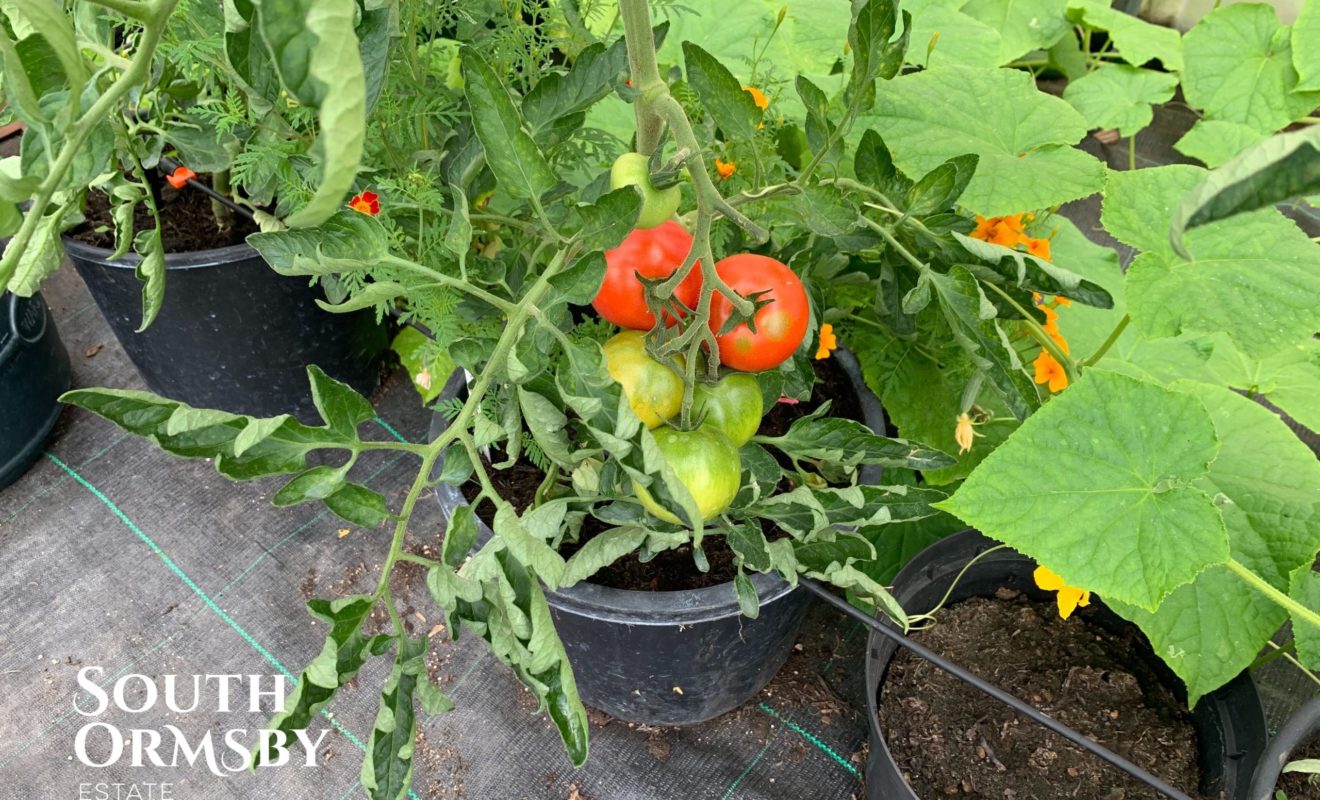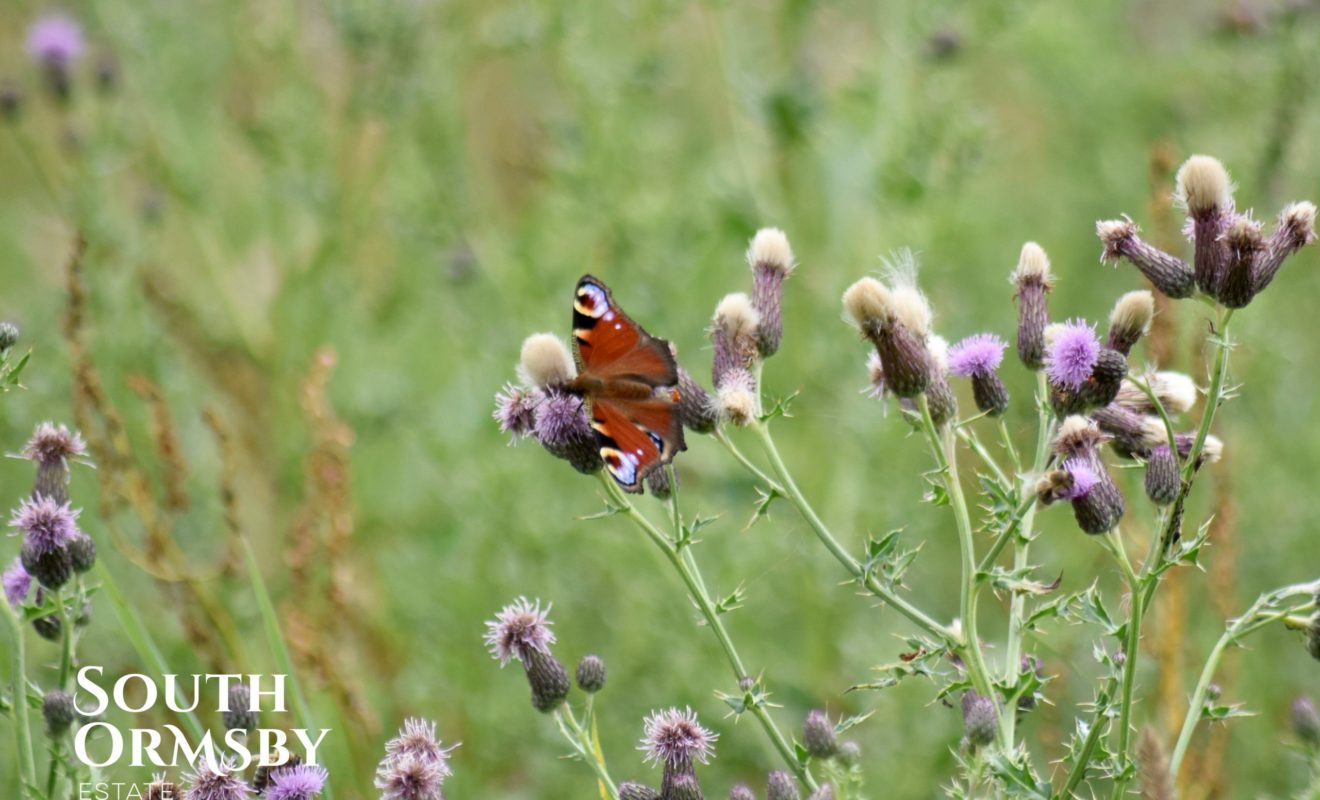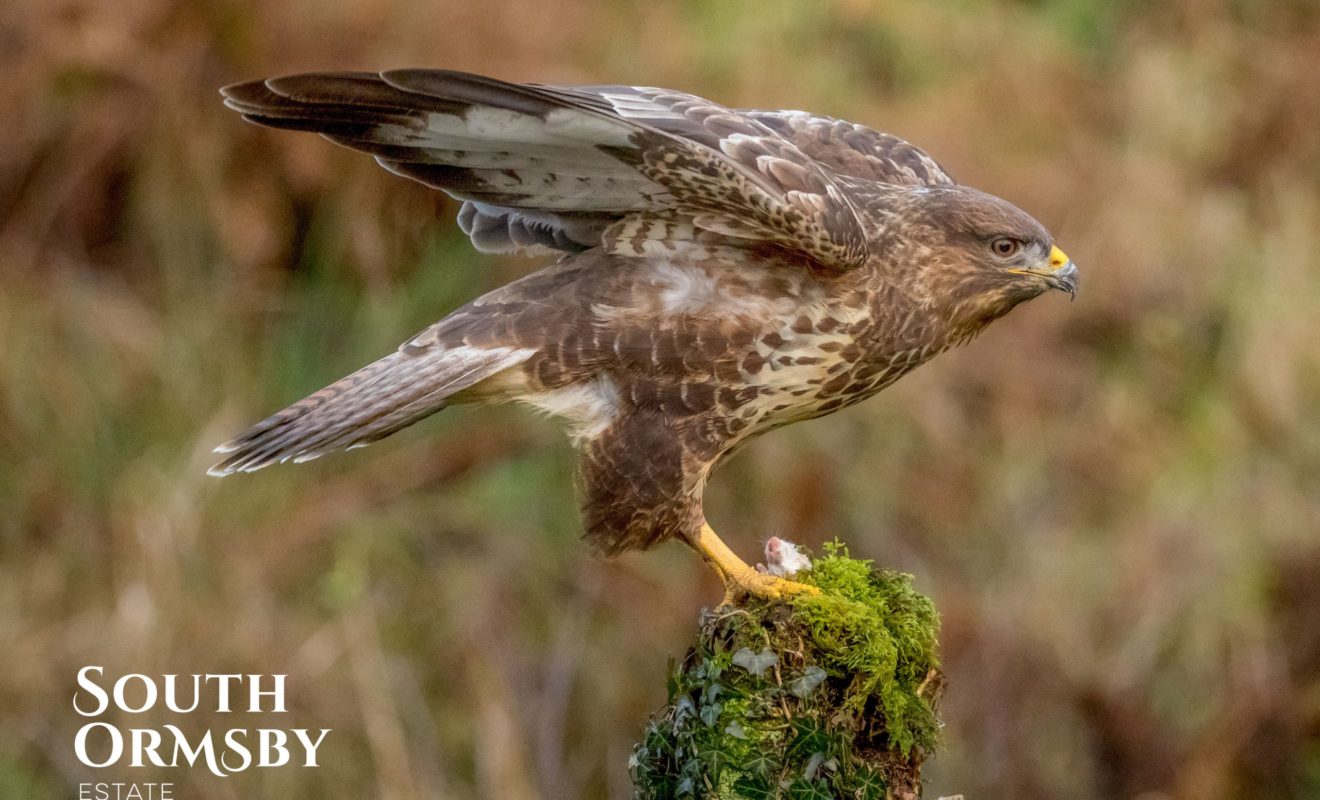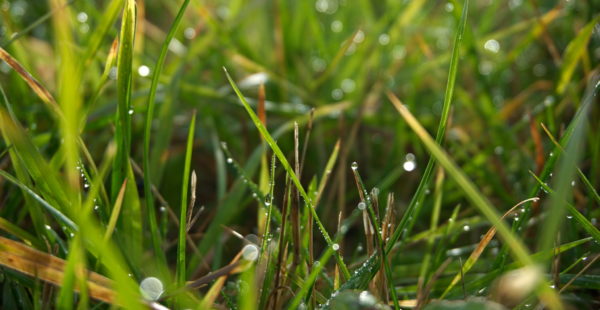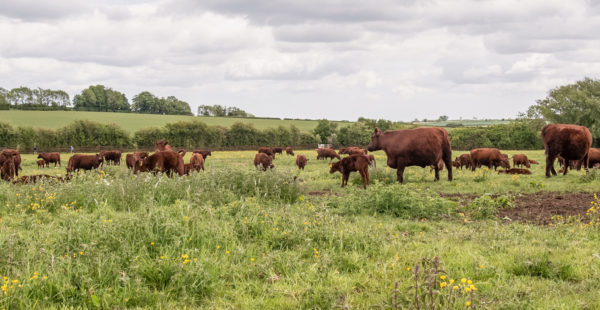The buzzard (buteo buteo) is an increasingly common sight in our region, distinguished by its size – 50-60cm long – its stocky build and its graceful, shallow V-profile as it glides and soars. Surprisingly, given its size, the buzzard can hover like a kestrel, albeit with slower wingbeats. The buzzard is a great opportunist, happily taking carrion or worms as well as hunting small birds and mammals.
During the first half of the 20th-century, the buzzard was all but wiped out in eastern England. Gamekeepers eventually came to appreciate that the buzzard poses little threat to game species, but a brief post-war resurgence was thwarted by myxomatosis in the 1950s, which removed rabbits from the food chain, and the use of new pesticides in the 1960s.
Much has changed for the better in the countryside since then. As buzzard populations increased generally from the 1990s, new birds in search of territories steadily repopulated the east. We’re fortunate that this beautiful bird – a vital link in the food chain – is thriving again in the Lincolnshire Wolds.


